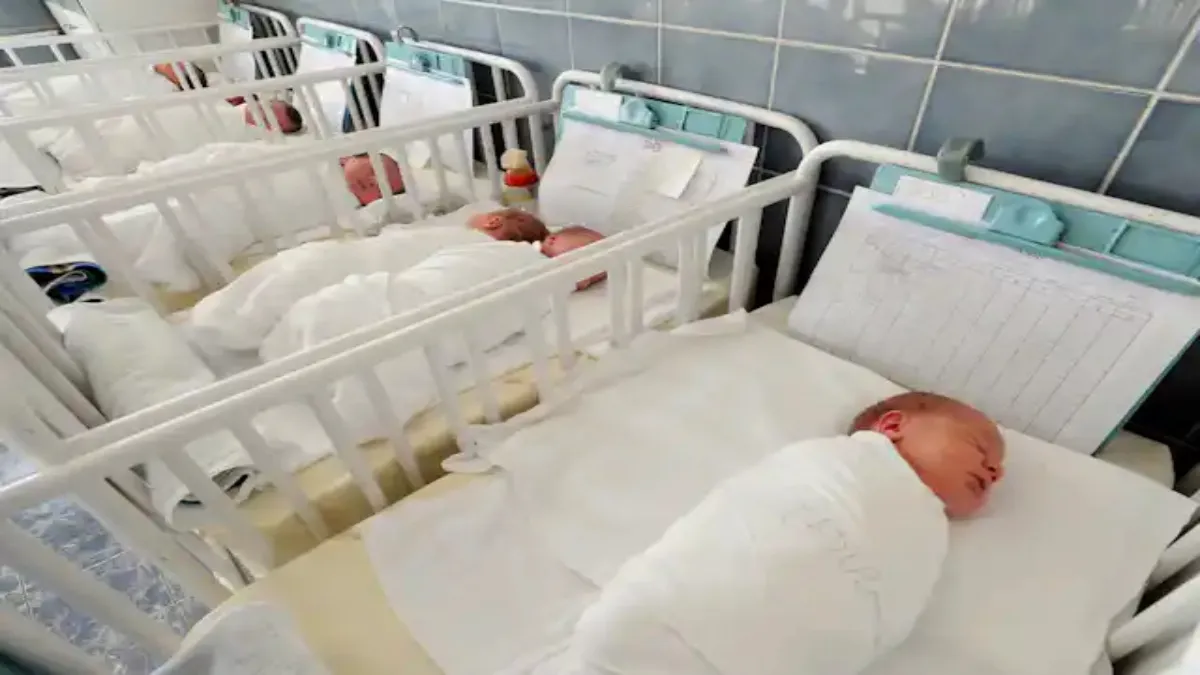
Advertisement
The pandemic’s arrival sparked predictions of either an increase in divorces or a baby boom, as couples found themselves spending more time together indoors. However, contrary to expectations, the fertility rate in America is set to drop below the point where maintaining population levels becomes concerning.
Millennials, often scrutinized for various societal issues, have faced a series of challenges, from witnessing major world events to navigating economic instability. This generation grew up being told they could achieve anything, only to encounter systemic flaws and economic struggles. Many are exhausted from years of following orders and are hesitant to bring children into an uncertain world.
The economic landscape adds to the anxiety surrounding starting a family. Rising living costs, coupled with expenses like childcare and healthcare, contribute to the financial strain. Women, in particular, face pressures and challenges in balancing career aspirations with motherhood, compounded by political interference in reproductive rights.
The declining birth rate has broader implications for economies and global power dynamics. Governments rely on childbirth to sustain workforce growth and economic stability, prompting concerns about the long-term impact of declining fertility rates.
This trend isn’t unique to America, as other countries also experience similar declines. Societal shifts, career focus, and economic uncertainties contribute to delaying or forgoing parenthood. While fertility treatments offer options for delaying parenthood, they come with financial costs.
The hesitation to start families may have far-reaching consequences, potentially affecting future generations’ opportunities and the societal fabric. Whether this trend continues or shifts remains to be seen, shaping the trajectory of the country and its inhabitants for years to come.
